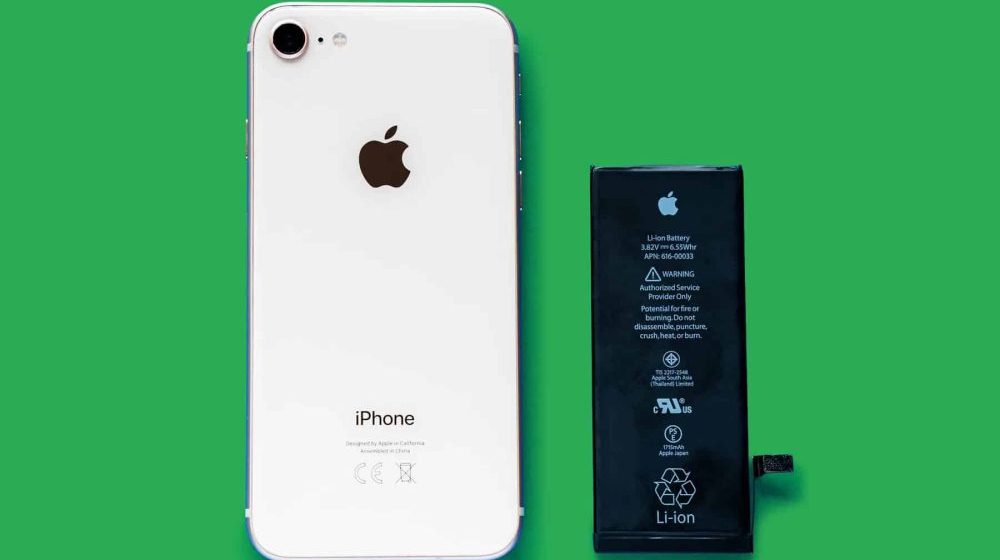
A study released on April 9 in the “Advanced Energy Materials” journal details a breakthrough in battery charging technology developed by researchers across four institutes in Aalborg, Denmark, and Berlin.
The new method, termed pulsed-current (PC) charging, significantly boosts the overall lifespan of batteries, potentially doubling the time it takes for a battery to diminish to 80% capacity—a typical indicator of a battery’s end-of-life.
Unlike much of the experimental battery chemistry research, which often borders on speculative, pulsed-current (PC) charging presents a practical solution that could be implemented relatively easily with currently available consumer electronics materials. This means it could reach our smartphones sooner than we think.
PC charging fundamentally changes the way energy is delivered to a battery. Traditionally, batteries are charged using a constant electric charge, which can stress the battery over time and reduce its lifespan. In contrast, PC charging employs repeated electrical pulses, providing breaks between energy delivery, which can help alleviate this stress and potentially extend the battery’s durability.
To explain further, introducing short breaks between pulses gives the electrons being delivered a chance to disperse slightly. This reduces the rate of battery wear that occurs normally through constant charging by half, increasing its lifespan significantly.
However, while this new charging algorithm sounds quite promising, it is unclear when the technology will be mass-produced and reach smartphones around the globe. But once it does, it will not only benefit smartphones but other devices that use lithium-ion batteries too such as laptops, smartwatches, wireless earbuds, and more.